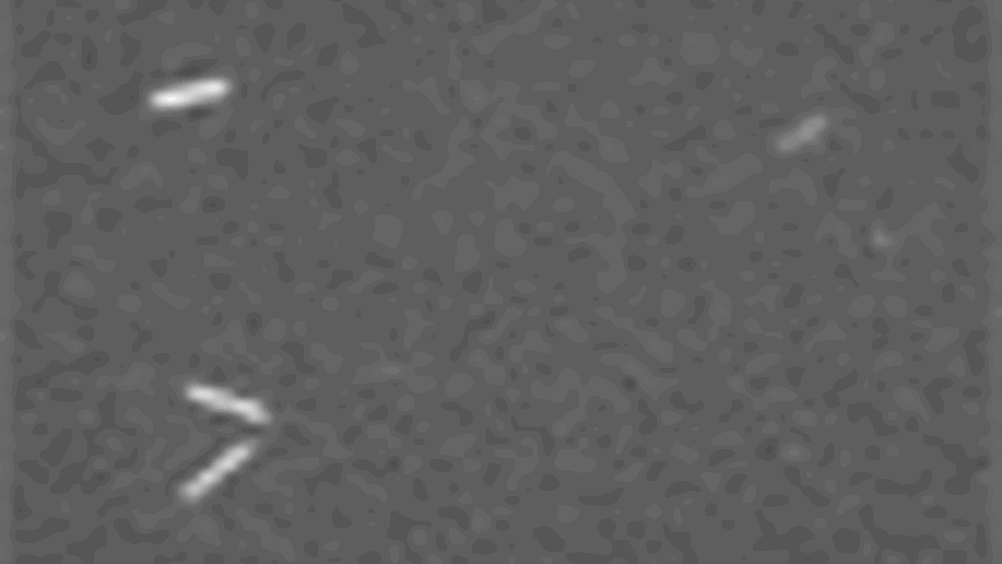Rice videos twanging nanotubes

Rice University scientists have found a simple way to observe carbon nanotubes under standard optical microscopes and have filmed them vibrating harmonically under bombardment by water molecules.
"Nanotubes are fairly stiff, and when they are long enough, the bombardment by the surrounding water molecules makes them bend in harmonic shapes, just like the string of a guitar or a piano," said lead researcher Matteo Pasquali, associate professor of chemical and biomolecular engineering and chemistry, and co-director of Rice's Carbon Nanotechnology Laboratory.
Nanotubes tend to clump together. To isolate individual tubes, Pasquali and doctoral student Rajat Duggal put clumps of tubes into a mixture of water and a soap-like surfactant called sodium dodecyl sulphate, or SDS. When the nanotube clumps were broken apart with ultrasonic sound waves, the SDS surrounded the individual nanotubes and held them apart.
In order to see individual nanotubes with a standard optical microscope, Pasquali and Duggal added a common red fluorescent dye often used to stain cells. The dye, which attached itself to the SDS surrounding each nanotube, glows brightly enough to be seen with the naked eye under a microscope.
Register now to continue reading
Thanks for visiting The Engineer. You’ve now reached your monthly limit of news stories. Register for free to unlock unlimited access to all of our news coverage, as well as premium content including opinion, in-depth features and special reports.
Benefits of registering
-
In-depth insights and coverage of key emerging trends
-
Unrestricted access to special reports throughout the year
-
Daily technology news delivered straight to your inbox










CCC Report Finds UK Climate Targets Still Within Reach
In 1990 67% of the UK´s electricity came from coal-fired power stations and even without renewables the transition to gas was a major contributor to...